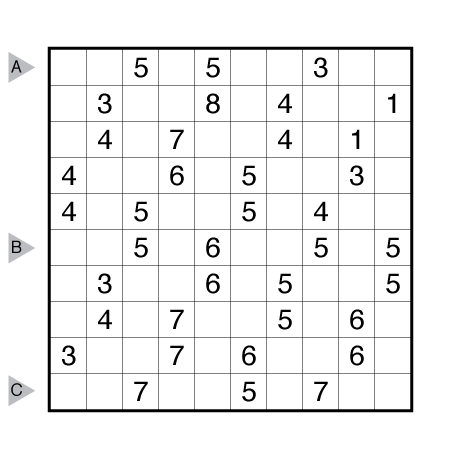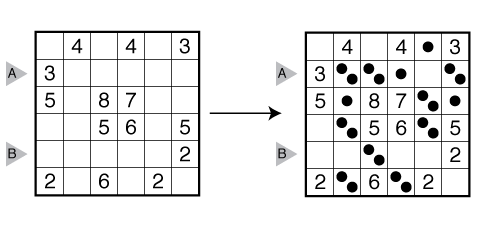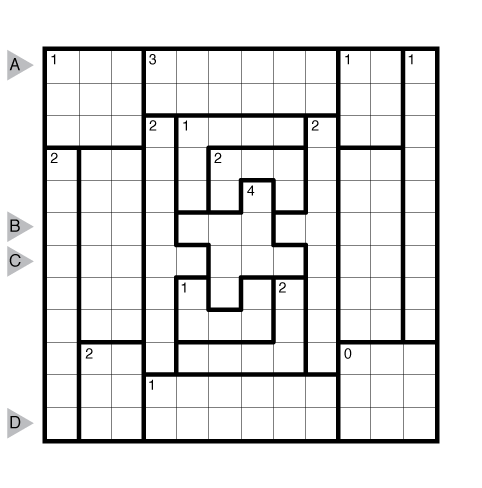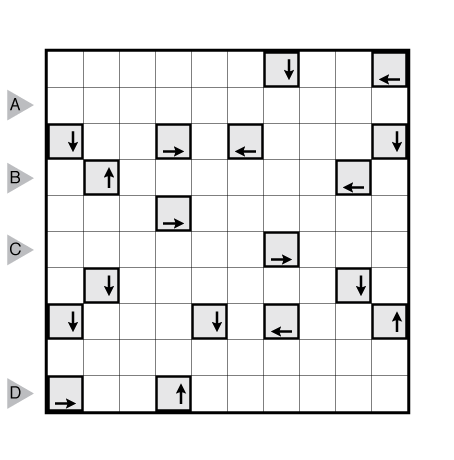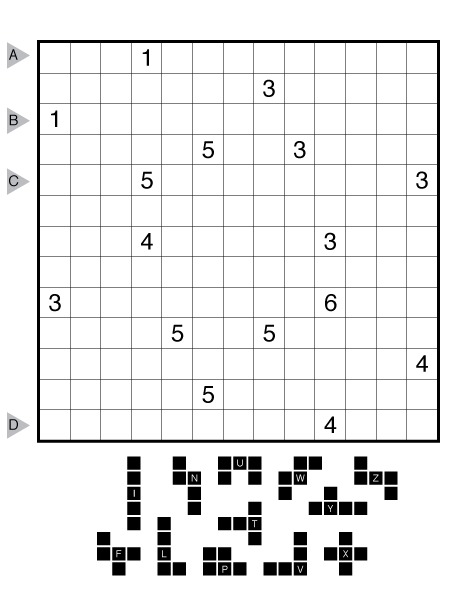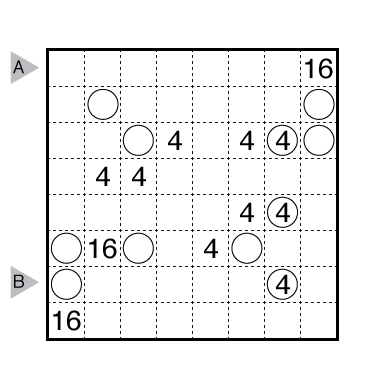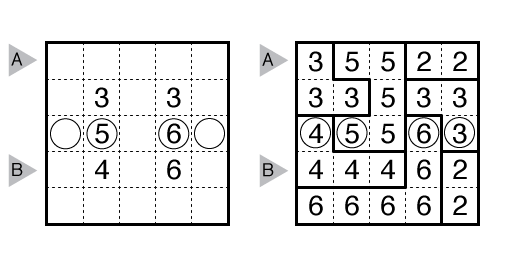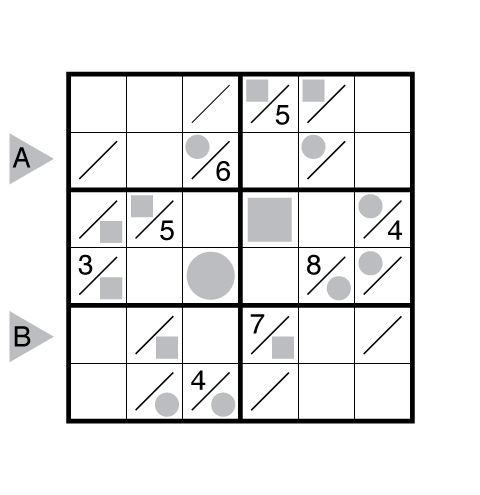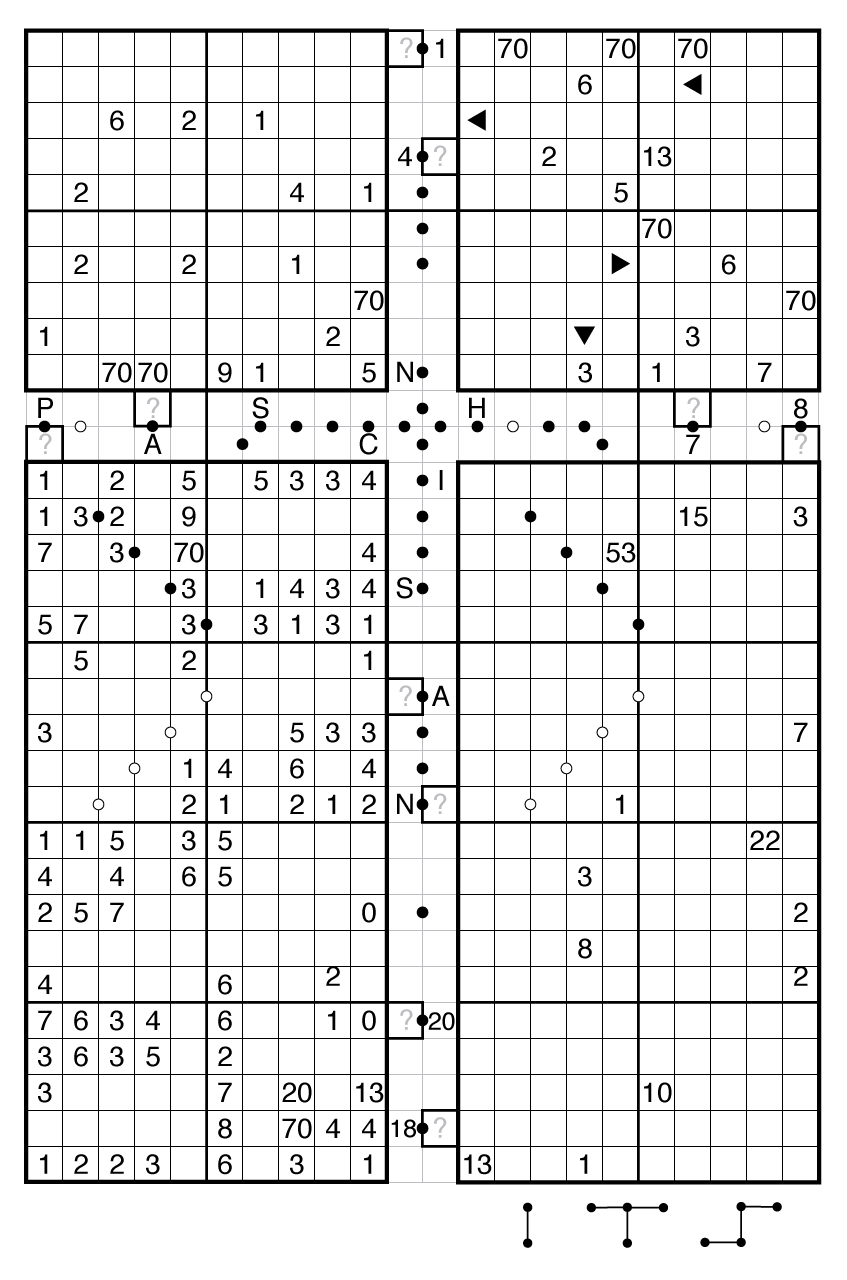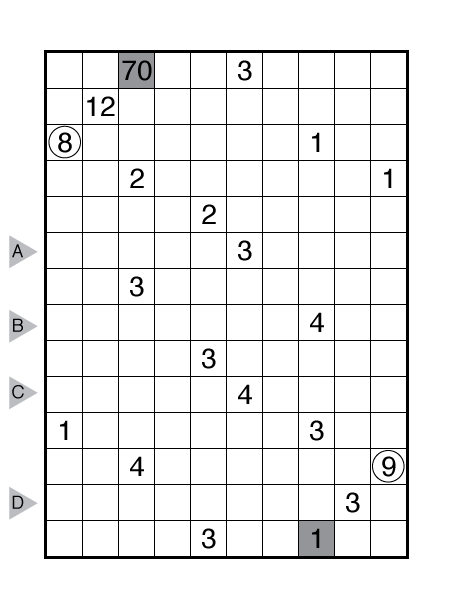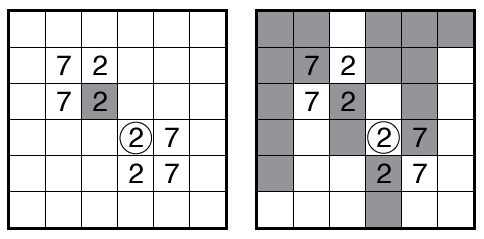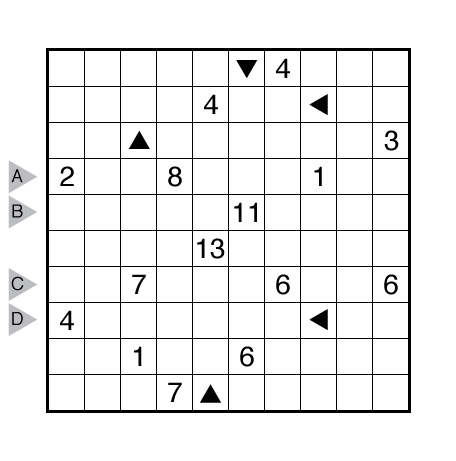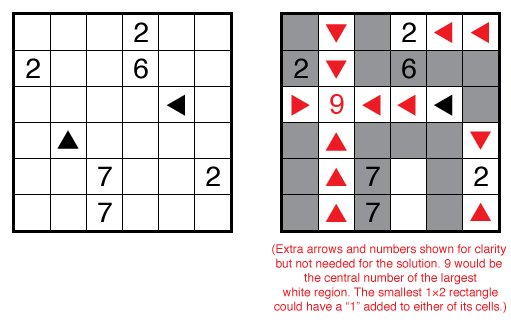Minesweeper (Statue Park) by Murat Can Tonta
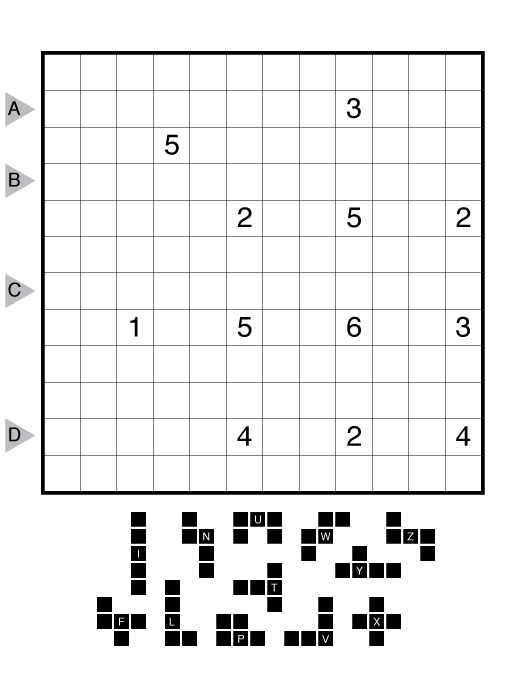
or solve online (using our beta test of Penpa-Edit tools)
Theme: Out of the Box
Author/Opus: This is the 92nd puzzle from our contributing puzzlemaster Murat Can Tonta.
Rules: (Combination of Minesweeper and Statue Park). Place each of the pentominoes exactly once into the grid, with rotations and reflections allowed. No two pentominoes can overlap or be orthogonally adjacent, and all of the space not occupied by pentominoes must be connected. Numbered cells indicate how many of the surrounding cells (including diagonally adjacent cells) contain parts of the pentominoes. Cells with numbers cannot contain pentominoes.
Answer String: Enter the length in cells of each of the shape segments from left to right for the marked rows, starting at the top. Separate each row’s entry with a comma.
Time Standards (highlight to view): Grandmaster = 5:45, Master = 8:15, Expert = 16:30
Solution: PDF
Note: Follow this link for classic Minesweeper puzzles on this website and this link for variations on Minesweeper puzzles. If you are new to this puzzle type, here are our easiest Minesweeper Puzzles to get started on. More Minesweeper puzzles can be found in The Art of Puzzles 2.

